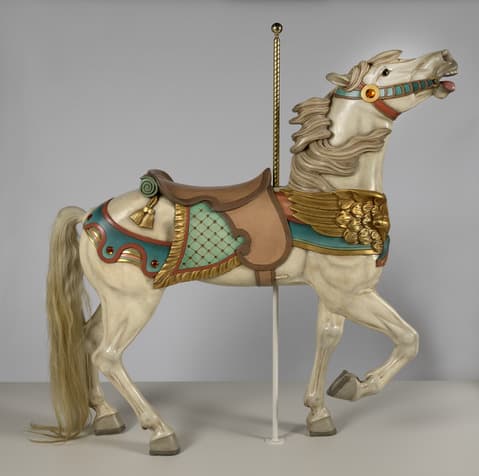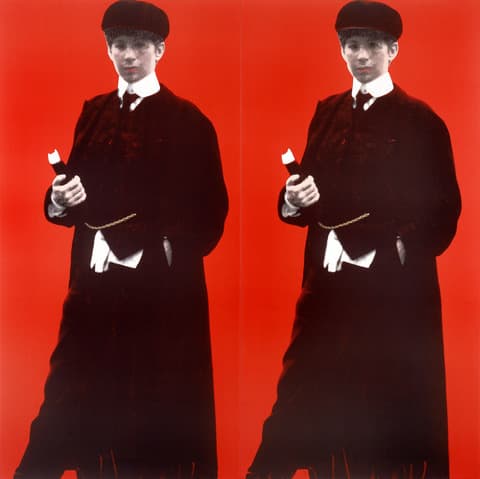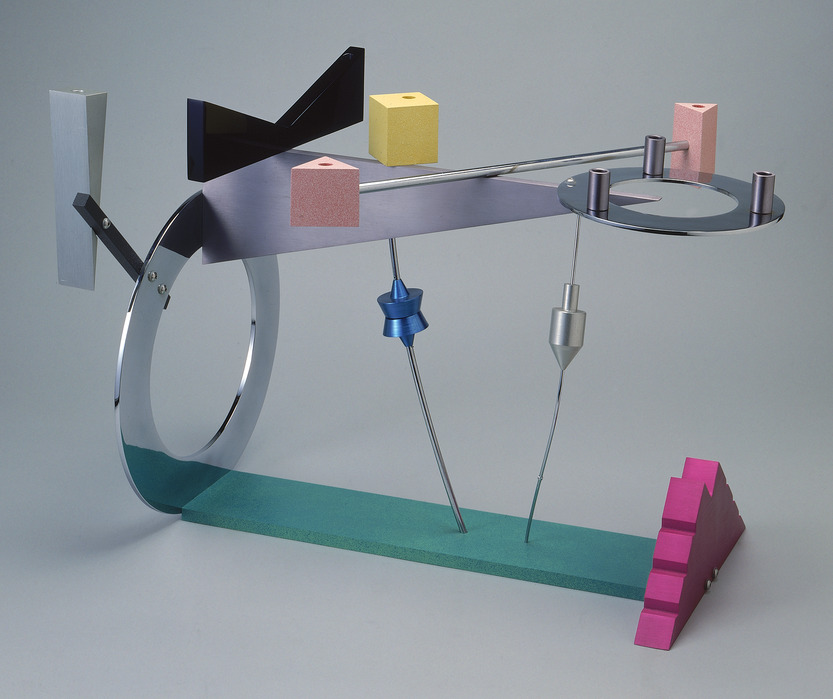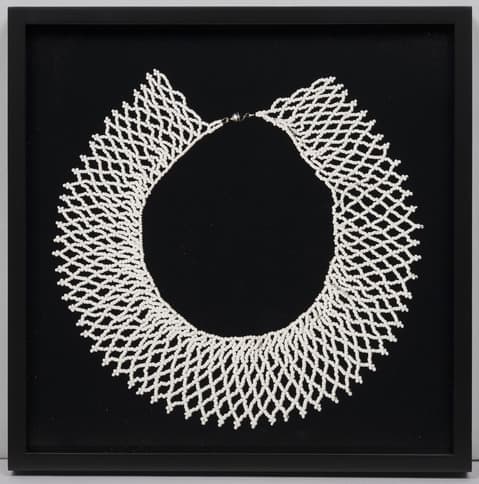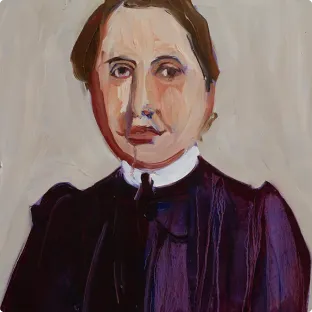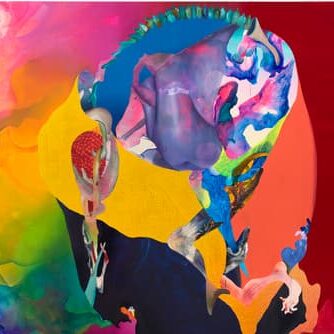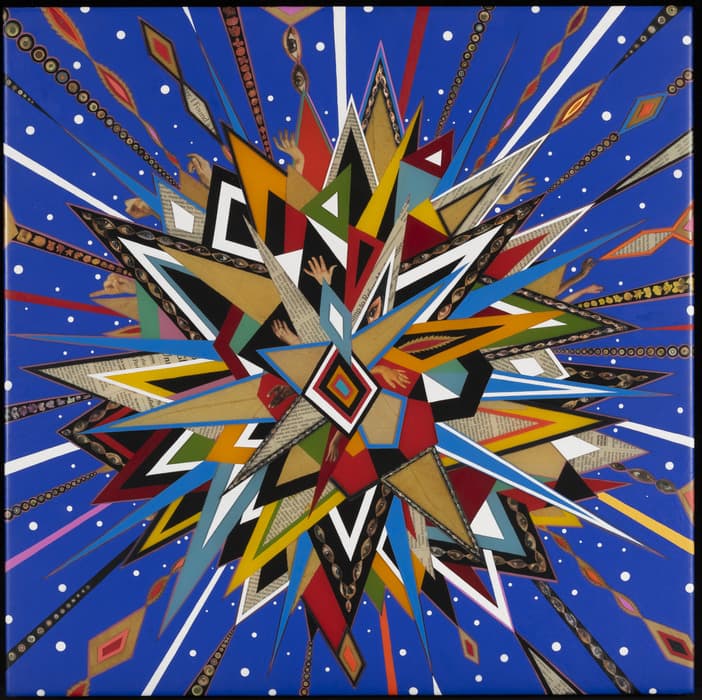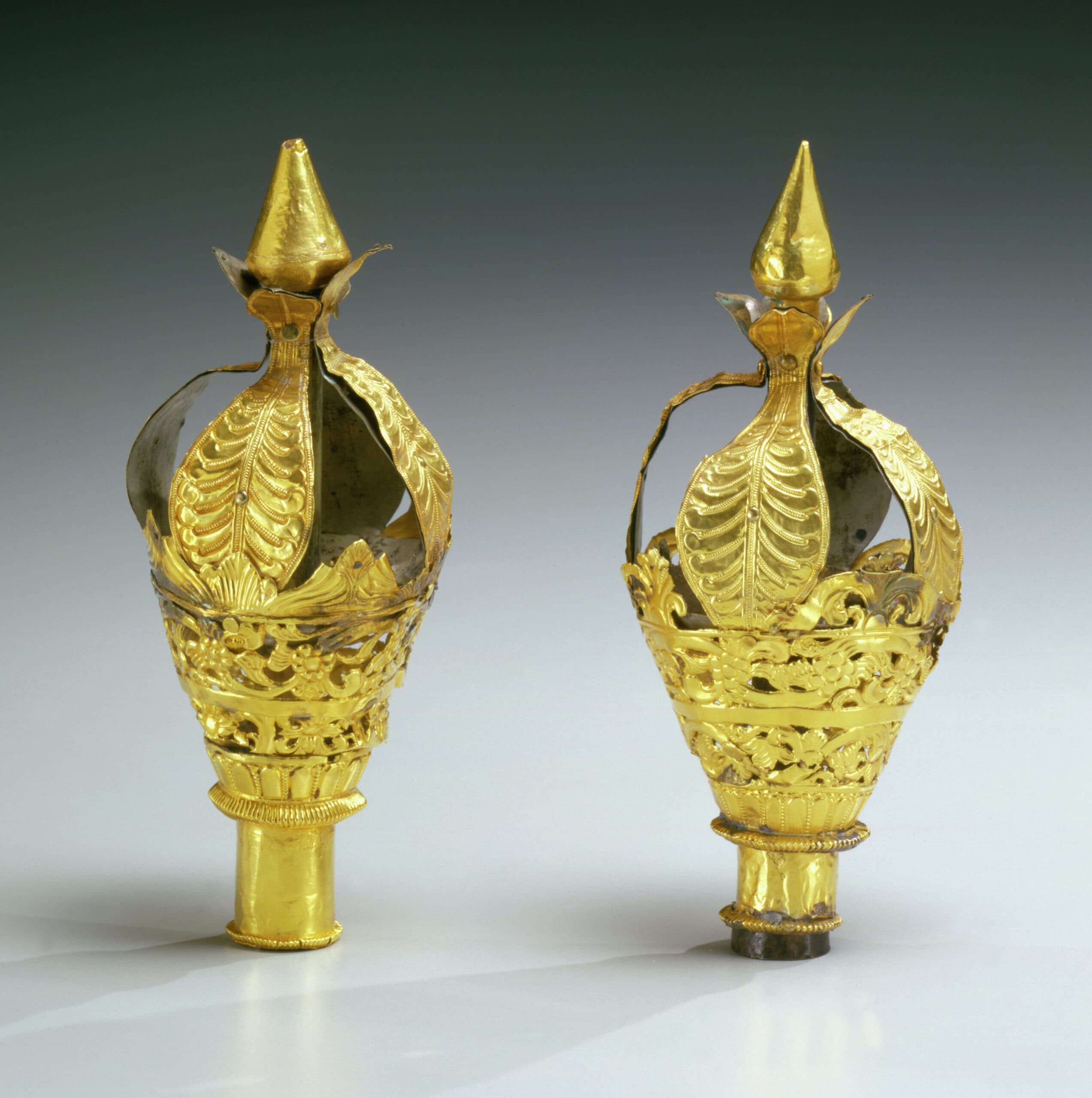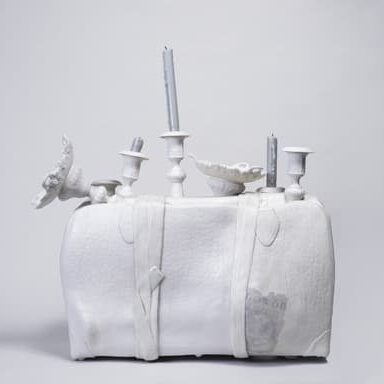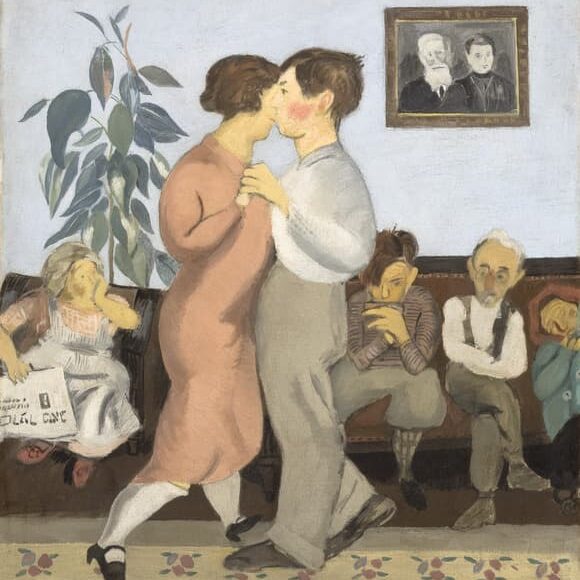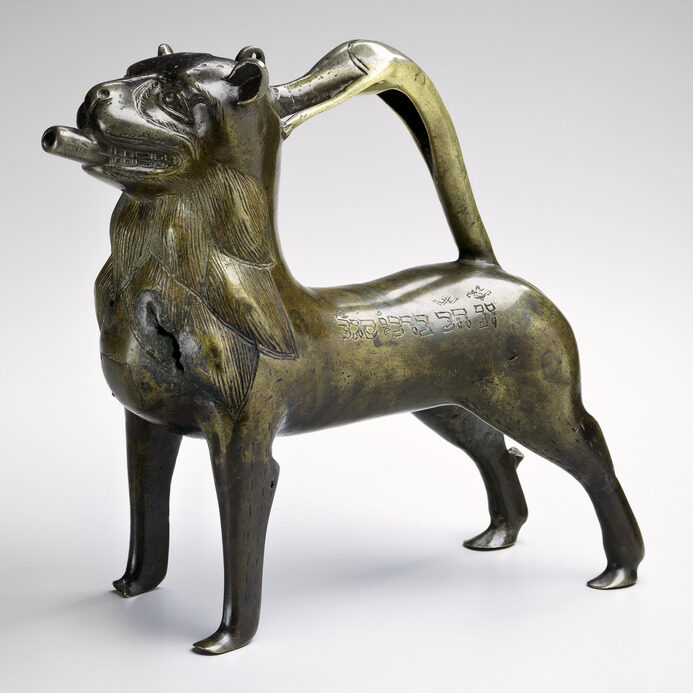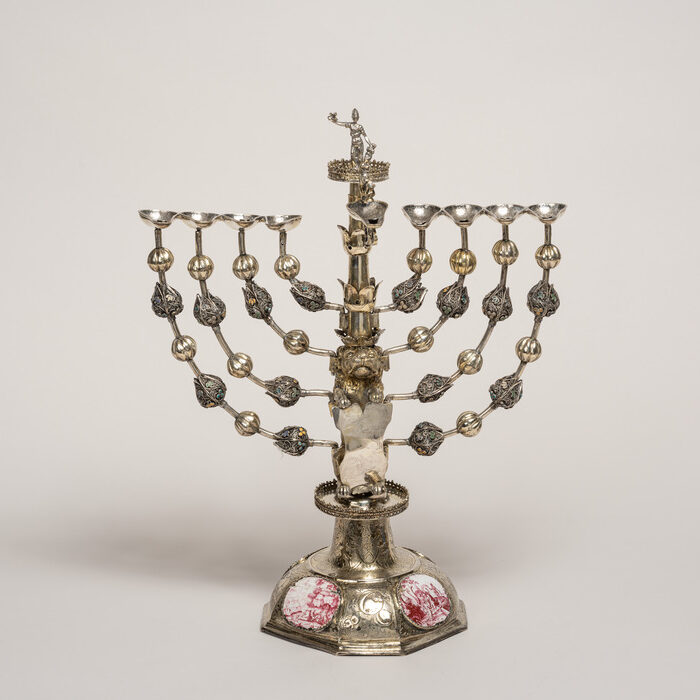The Jewish Museum Presents Helena Rubinstein: Beauty Is Power
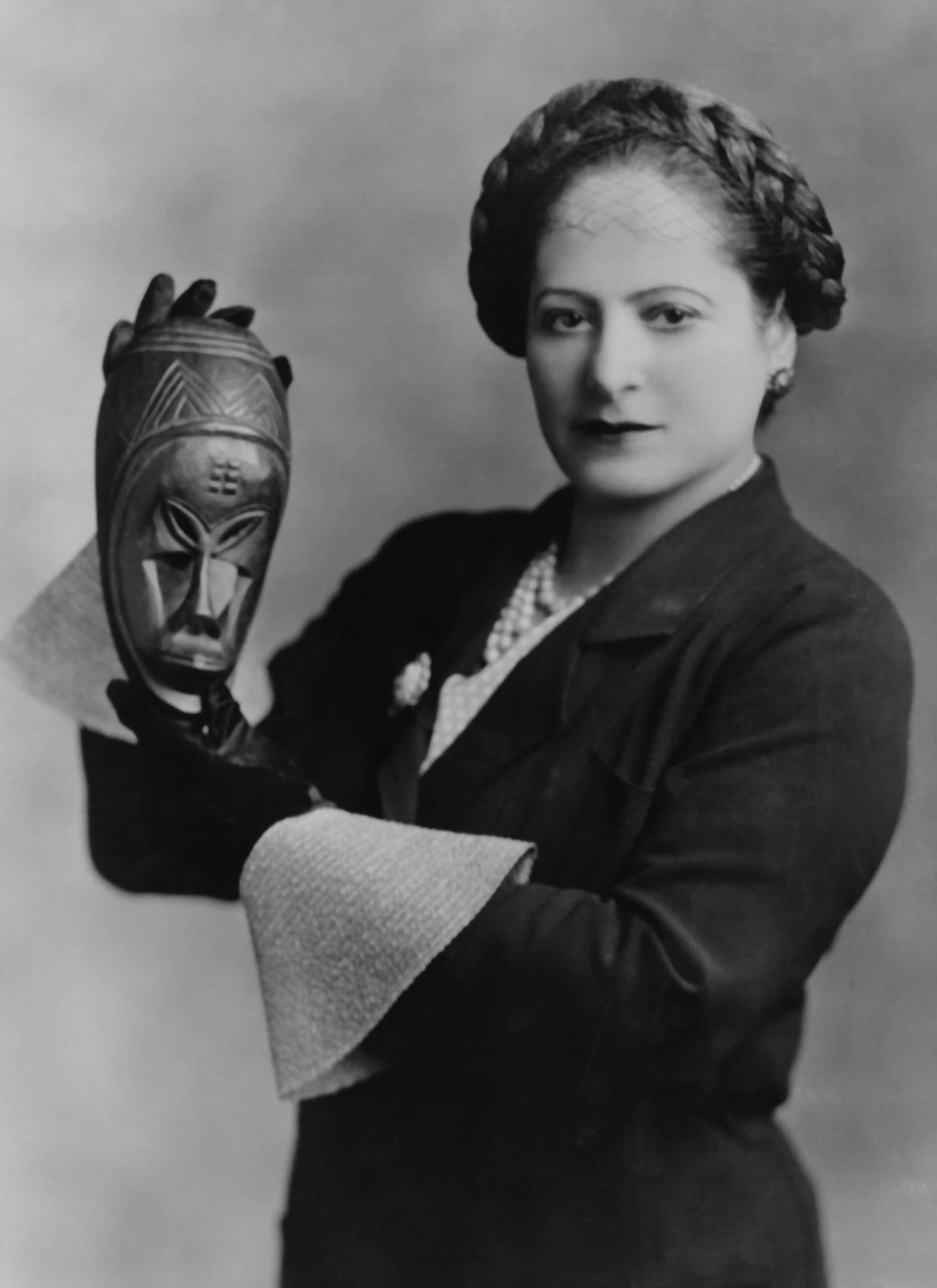
First Museum Exhibition to Focus on the Innovative Cosmetics Entrepreneur and Art Collector
New York, NY – Beginning October 31, 2014, the Jewish Museum will present Helena Rubinstein: Beauty Is Power, the first museum exhibition to explore the ideas, innovations, and influence of the legendary cosmetics entrepreneur Helena Rubinstein (1872-1965). By the time of her death, Rubinstein had risen from humble origins in small-town Jewish Poland to become a global icon of female entrepreneurship and a leader in art, fashion, design, and philanthropy. As the head of a cosmetics empire that extended across four continents, she was, arguably, the first modern self-made woman magnate. Rubinstein was ahead of her time in her embrace of cultural and artistic diversity. She was not only an early patron of European and Latin American modern art, but also one of the earliest, leading collectors of African and Oceanic sculpture.
On view through March 22, 2015, the exhibition will explore how Madame (as she was universally known) helped break down the status quo of taste by blurring boundaries between commerce, art, fashion, beauty, and design. Through 200 objects – works of art, photographs, and ephemera – Helena Rubinstein: Beauty Is Power reveals how Rubinstein’s unique style and pioneering approaches to business challenged conservative taste and heralded a modern notion of beauty, democratized and accessible to all.
The exhibition will reunite selections from Rubinstein’s famed art collection, dispersed at auction in 1966, featuring works by Pablo Picasso, Elie Nadelman, Frida Kahlo, Max Ernst, Leonor Fini, Joan Miró, and Henri Matisse, among others, as well as thirty works from her peerless collection of African and Oceanic art. Other exhibition highlights include Rubinstein’s beloved miniature period rooms, jewelry, and clothing designed by Cristóbal Balenciaga, Elsa Schiaparelli, and Paul Poiret. Rubinstein’s savvy for self-promotion will be seen in portraits of her made by the leading artists of her day, from Marie Laurencin to Andy Warhol. Also on display will be vintage advertisements, cosmetics products, and promotional films related to her beauty business.
Picasso, one of Rubinstein’s favorite artists, completed over thirty drawings of Madame in 1955. Twelve of these will be exhibited in the United States for the first time. The drawings capture a range of Rubinstein’s volatile moods, and depict many of her well-known attributes – the clothes, the jewelry, the chignon, the imperious manner and bearing.
Rubinstein amassed one of the most acclaimed collections of African and Oceanic art of the early 20th century. She treated the work as high art before it was common to do so, displaying the sculptures in her homes and beauty salons. She delighted in works from a broad range of cultures, and she especially loved the immense variety of forms and types within each tradition. Some of the highlights on display in the exhibition are: two exceptional Punu masks (Gabon); three highly stylized Bakota reliquary figures (Gabon); four celebrated Fang heads (Gabon); two impressive Bamana puppet headdresses (Mali); a distinctive Lake Sentani figure (New Guinea); and a Yoruba head (Nigeria) with an elaborate coiffure, thought to be one of Madame’s favorites.
Rubinstein had a lifelong love of miniature rooms and commissioned numerous doll-size dioramas, decorated in period styles. They ranged from a Spanish Baroque dining room to an artist’s garret in turn-of-the-century Montmartre. She installed her miniature rooms in a gallery at her flagship New York beauty salon at 715 Fifth Avenue for the education and delight of visitors and clients. Seven of these miniature rooms will be seen for the first time in the United States in fifty years.
In 1888, Rubinstein fled the prospect of an arranged marriage. By 1896 she had found her way from Krakow to Vienna to Australia, where she established her first business, Helena Rubinstein & Co., producing skin creams. The exhibition title refers to one of the first slogans Rubinstein used to promote her cosmetics. ‘Beauty is Power,’ announced the headline of an advertisement that first appeared in an Australian newspaper in 1904. The bold phrase is an early indication of Rubinstein’s distinctive blend of commercial savvy and inherent feminism.
At the turn of the century the use of cosmetics – associated with the painted faces of actresses and prostitutes – was widely frowned upon by the middle class. A model of independence, Rubinstein rejected this, producing and marketing the means for ordinary women to transform themselves. Her business challenged the myth of beauty and taste as inborn, or something to which only the wealthy were entitled. By encouraging women to define themselves as self-expressive individuals, Rubinstein contributed to their empowerment.
Inspired by the tradition of European literary salons, Rubinstein conceived of her beauty salons as intimate environments where progressive ideas were exchanged under the guidance of a sophisticated patroness. After her initial success in Australia, she opened beauty salons in the grandest districts of London and Paris. At the outbreak of World War I she moved to the United States, where she founded her first New York salon in 1915. Two revolutionary events had recently occurred there: the Armory Show of avant-garde European art in 1913 and a huge rally in 1911 of women suffragists. Tens of thousands of women had marched in the rally, with some wearing lip rouge as a badge of emancipation. It was Rubinstein’s genius to develop a brand that appealed equally to the cultured socialite and the average wage earner – a market created by the influx of young immigrant women into the workforce.
By the 1920s Rubinstein was a wealthy and influential businesswoman with salons worldwide, and was becoming known as an art collector. She had little interest in the conventional standards of connoisseurship. She bought what she liked and learned as she went from the many artists she met, and delighted in mingling Western and non-Western art together. Her eclectic tastes distinguished her from the conservative and elitist culture prevalent in fashionable circles.
By mid-century, Rubinstein maintained homes in London, Paris, New York, the south of France, and Greenwich, Connecticut, all functioning as ever more public platforms for the display of her collections. She was known for her independent, deliberate originality, collaborating with artists such as Salvador Dalí and interior designers such as David Hicks to create outlandish décors. Rubinstein’s fascination with different cultures and artistic approaches was reflected in her clothes, art, furniture, and jewelry. This kaleidoscopic variety of styles in the décor of her salons and homes served to level snobbish aesthetic taste and expand the notion of who and what could be considered beautiful.
Today the term “beauty salon” means a hairdresser or a day spa. But the Rubinstein salon was a place designed entirely for women, where a client could learn not only how to improve her looks, but also how to reconceive her standards of taste, to understand design, color, and art in order to express her own personality. Art and cosmetics embodied Rubinstein’s overarching dual enterprise: to establish a correspondence between modern art and personal beauty, both of which she felt should be interpreted individually and subjectively.
Now we take such subjectivity for granted, but the sense of individuality and independence Rubinstein fostered was new and profound in the early 20th century. She offered women the ideal of self-invention – a fundamental principle of modernity. One’s identity, she asserted, is a matter of choice.
Helena Rubinstein: Beauty Is Power is organized by Mason Klein, Curator at the Jewish Museum, with Rebecca Shaykin, Leon Levy Assistant Curator.
Exhibition Tour
Following its New York showing, Helena Rubinstein: Beauty Is Power will travel to the Boca Raton Museum of Art, Boca Raton, FL (April 21-July 12, 2015).
Exhibition Catalogue
In conjunction with the exhibition, the Jewish Museum is publishing a 168-page catalogue by Mason Klein, distributed by Yale University Press. Mr. Klein concentrates on Helena Rubinstein as an art collector and patron as well as a titan of business. He explores her little-known role in integrating the notion of style–reflecting in her wide-ranging tastes–within the overarching culture and industry of beauty. In tracing how her brand name became associated with the woman herself, the book examines the various ways Rubinstein controlled and defined her remarkable image. Featuring 200 color and black-and-white illustrations, the hardcover book will be available worldwide and at the Jewish Museum’s Cooper Shop for $50.00.
Audio Guide
Produced by the Jewish Museum in association with Acoustiguide, a random access audio guide is being created for Helena Rubinstein: Beauty Is Power featuring an introduction by Claudia Gould, Helen Goldsmith Menschel Director of the Jewish Museum, with commentary by Mason Klein; Rebecca Shaykin; and Heinrich Schweizer, Head of African and Oceanic Art at Sotheby’s New York, along with personal reminiscences from Suzanne Slesin, the step-granddaughter of Helena Rubinstein; Diane Moss, the great niece of Rubinstein and former president of the Helena Rubinstein Foundation; and Picasso biographer Sir John Richardson. The audio tour will be available to museum visitors for $5.00, and as a free downloadable app for iOS and Android.
Exhibition Press Preview
A press preview is being held on Tuesday, October 28, 2014 from 10am to 1pm with remarks at 10:30am. If you are interested in attending please RSVP to 212.423.3271 or [email protected].
Support
Helena Rubinstein: Beauty Is Power is made possible by The Jerome L. Greene Foundation.
Major support is also provided by the Eugene M. and Emily Grant Family Foundation and The David Berg Foundation. Additional generous support is provided by the Leon Levy Foundation, The Horace W. Goldsmith Foundation, The Helena Rubinstein Fund/The Roy and Niuta Titus Foundation, the Helena Rubinstein Philanthropic Fund at The Miami Foundation, and Ealan and Melinda Wingate.
The catalogue is funded through the Dorot Publication Fund and a gift from Helena Rubinstein, L’Oréal Luxe.
The audio tour is made possible by Bloomberg Philanthropies.
Press contacts
Anne Scher/Alex Wittenberg
The Jewish Museum
212.423.3271 or [email protected]
Andrea Schwan
Andrea Schwan Inc.
917.371.5023 or [email protected]
